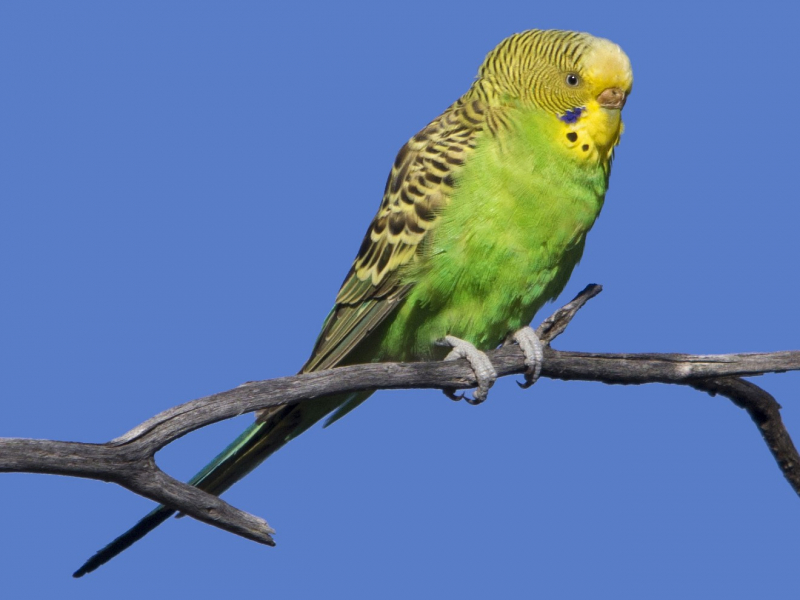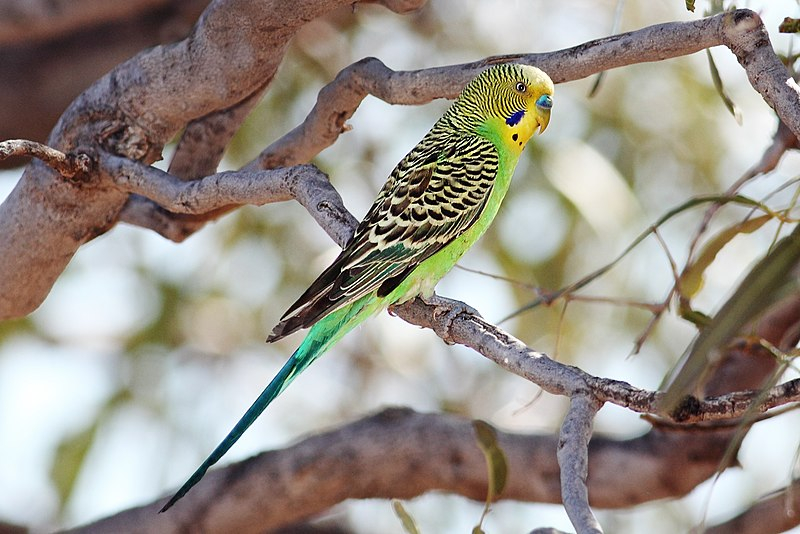Budgerigar
A little, long-tailed, seed-eating parrot often known as the budgie or, in American English, the parakeet, the Budgerigar (Melopsittacus undulatus) is also known as the common parakeet or shell parakeet. The sole species in the genus Melopsittacus are budgies. The species' natural colors are green and yellow, and its wings, back, and neck are all covered in black, scalloped markings. In captivity, budgies are bred to have blue, white, yellow, grey, and even little crests as colors. Adults can be distinguished from juveniles and chicks by their behavior and cere color, while juveniles and juveniles are monomorphic.
The species is the sole member of the single genus in the tribe of Melopsittacini, Melopsittacus. Budgerigars, who were first mentioned in 1805, are well-known pets all over the world because of their small size, low price, and capacity to mimic human speech. After domesticated dogs and cats, they are perhaps the third most common pet worldwide. Since the 19th century, budgies, or migratory flock parakeets, have been reared in captivity. Budgerigars mate sporadically and in pairs both in captivity and in the wild. In Australia's drier regions, where they have existed in the wild for more than five million years, they can be found. Their capacity to reproduce while on the road and their nomadic lifestyle are factors in their success.












